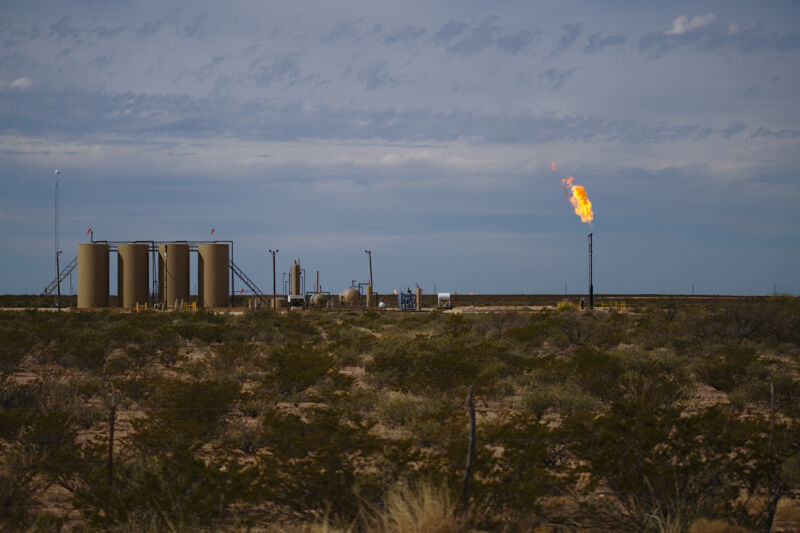Searching for methane leaks, scientists find “ultra emitters”

Enlarge (credit: Sean Hannon)
The fossil fuel industry is releasing millions of metric tons of methane gas in giant plumes during extraction and transportation of those fuels-at high costs for the climate, society, and even the industry's pocketbooks.
Although methane emissions are relatively low compared to CO2 emissions, each ton has a whopping 30 to 80 times the relative warming potential (depending on the timescale of interest). On the plus side, methane has a much shorter atmospheric lifetime-roughly nine years. So reining in emissions as soon as possible represents one of the better bets for lowering temperatures in the coming decades.
But to date, methods for detecting methane emissions have been limited, and it has been challenging to find, measure, and curtail all anthropogenic sources. A recent study describes how researchers used a European Union satellite to carry out a global survey of unusually large methane plumes, finding 1,800 ultra-emitters" during the time frame of 2019 to 2020. Two-thirds of these emitters were connected to the oil and gas industry, and just three countries-including the US-were responsible for the majority of the problem.
Read 14 remaining paragraphs | Comments